Top 7 Beautiful Bridges in Budapest
- 1 Aug 2023 7:18 AM

1. Chain Bridge (Széchenyi lánchíd)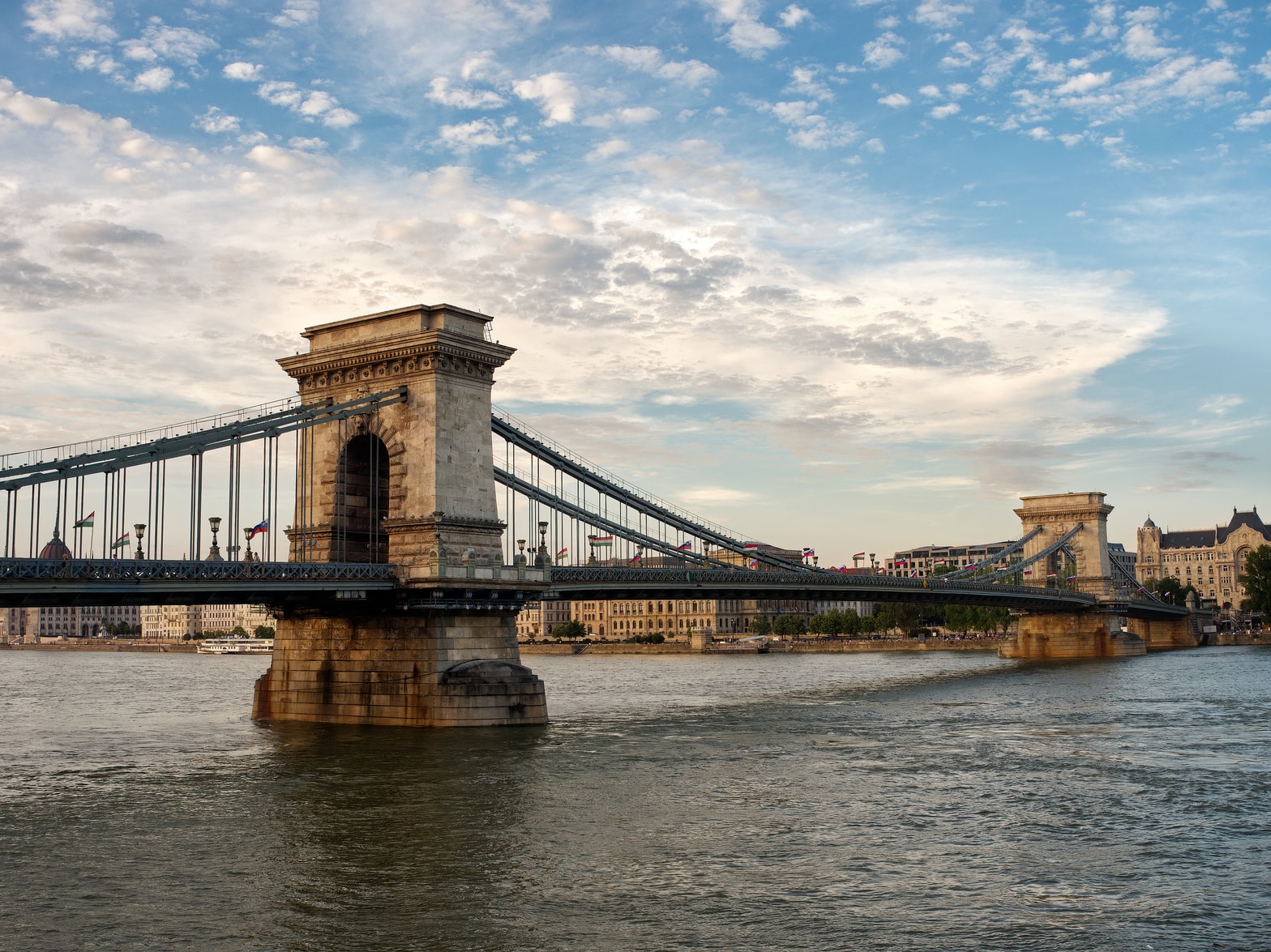
The Chain Bridge is one of Budapest’s most revered sights and symbolises the city. This was the first permanent crossing to span the Danube here, and was the brainchild of Count István Széchenyi, who had been unable to cross the river in deep winter to attend his father’s funeral. Travelling around England, he admired Marlow Bridge over the Thames and hired the services of its designer, William Tierney Clark.
The Englishman in turn brought in a Scottish engineer, Adam Clark, as his assistant. While the Scotsman stayed to see the project through, marrying a Hungarian and raising a family here, his former master headed back to England as soon as construction was underway.
The Chain Bridge is a suspension bridge, and its two towers on either end are decorated with stone lions. Opened in 1849, after Széchenyi had been committed to an asylum in Oberdöbling, never to see his great project completed, the bridge was reopened exactly a century later after being blown up by retreating Nazis in 1945. The rond-point on the Buda side of the bridge is named after Adam Clark.
2. Elizabeth Bridge (Erzsébet híd)
Elizabeth Bridge is completely different to the original crossing here at the foot of Gellért Hill.
The former bridge was built at the last turn of the century shortly after the assassination of revered monarch Elisabeth of Bavaria, Hungarian-speaking wife of Habsburg emperor Franz Joseph.
Nearly 20 years after its destruction by Nazi forces, this white cable-stayed bridge was completed in 1964. The bridge features two towers, connected by cables, its unique design a popular spot for selfie-takers.
3. Liberty Bridge (Szabadság híd)
Liberty Bridge is a green, ornate bridge that connects the city centre of Pest to Gellért Hill in Buda.
The bridge was built in the year of Hungarian millennial celebrations, 1896, and was originally named after Emperor Franz Joseph, who ceremonially knocked in the last rivet. The bridge is decorated with distinctive green-gold statues and Hungarian motifs, such as the mythological turul bird.
Liberty Bridge was the location for a series of summer picnics, open-air musical get-togethers that started up when it was temporarily closed to traffic.
4. Margaret Bridge (Margit híd)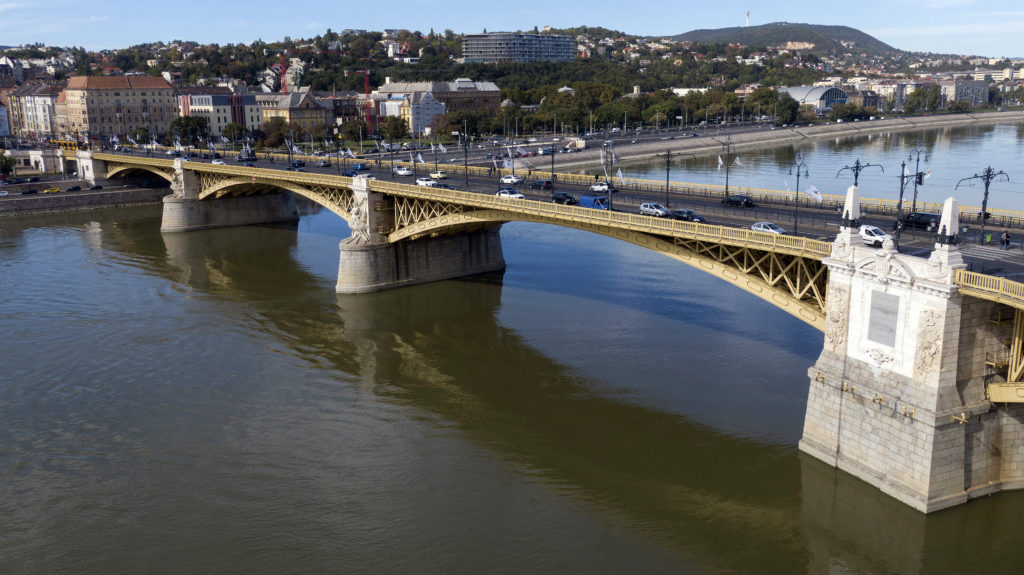
Serving Margaret Island accessible from the middle of the crossing, Margaret Bridge is the second oldest bridge in Budapest, having been completed by Ernest Goüin of France in 1876.
Carrying the Nagykörút ring road over the Danube, the bridge doglegs at the top of Margaret Island, bringing its total length to 607.5 metres.
5. Árpád Bridge (Árpád híd)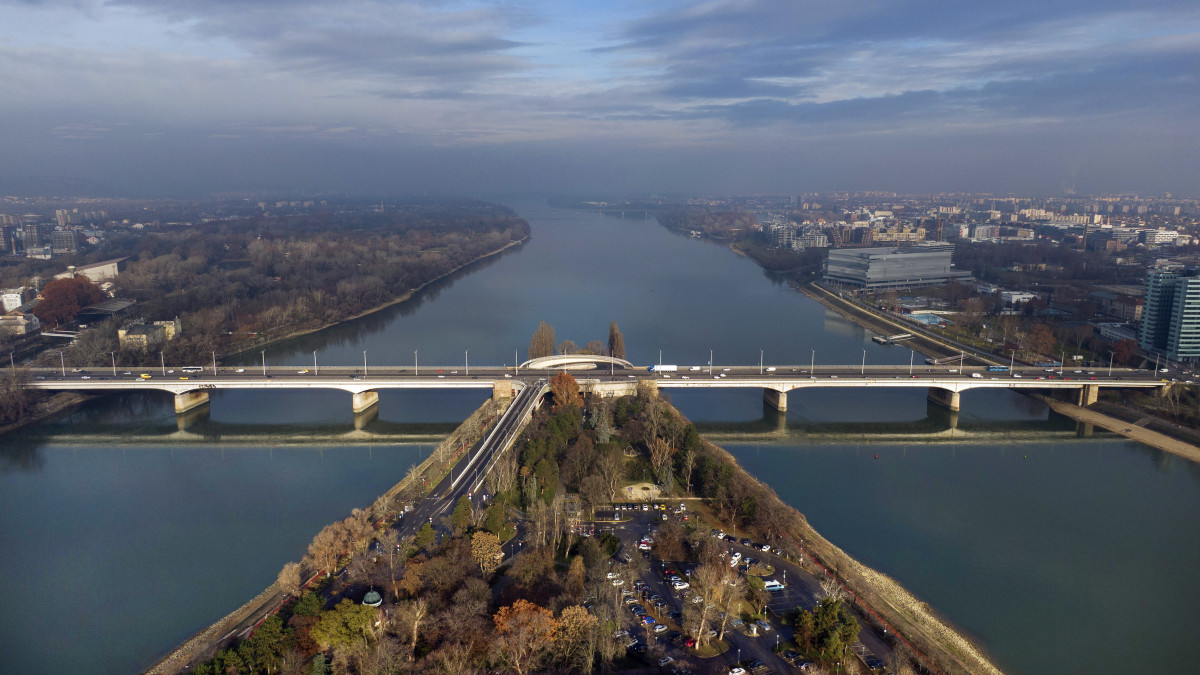
At the northern tip of Margaret Island, Árpád Bridge is the longest in Budapest at just over two kilometres, including sections leading up to the river crossing itself.
This bridge was completed in 1950 and was named after Árpád, the leader of the original Magyar tribes. Cable-stayed with bike lanes either side, the bridge provides excellent views of the city, particularly at night when it is illuminated.
6. Petőfi Bridge (Petőfi híd)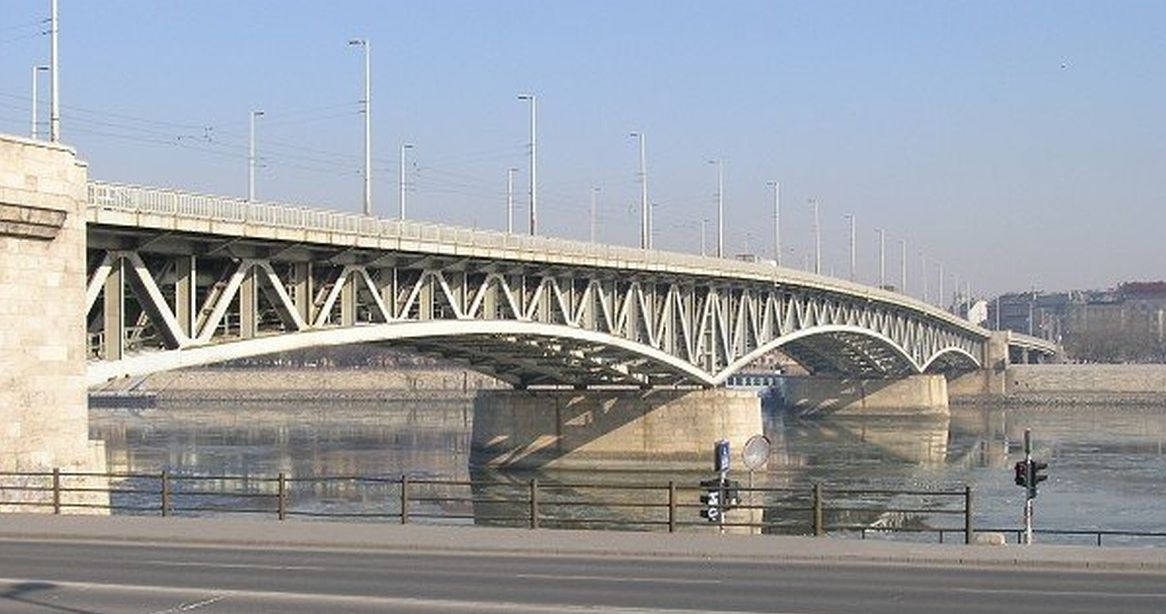
Connecting south Pest with south Buda, Petőfi Bridge is the second southernmost crossing in Budapest, constructed in the 1930s and originally named after the then Hungarian ruler, Miklós Horthy.
Rebuilt after the war, it was renamed after Hungary’s most revered poet, Sándor Petőfi. Plain and prosaic in design, it is also a conduit for the Nagykörút ring road, and thus the frequent 4/6 tram route.
7. Rákóczi Bridge (Rákóczi híd)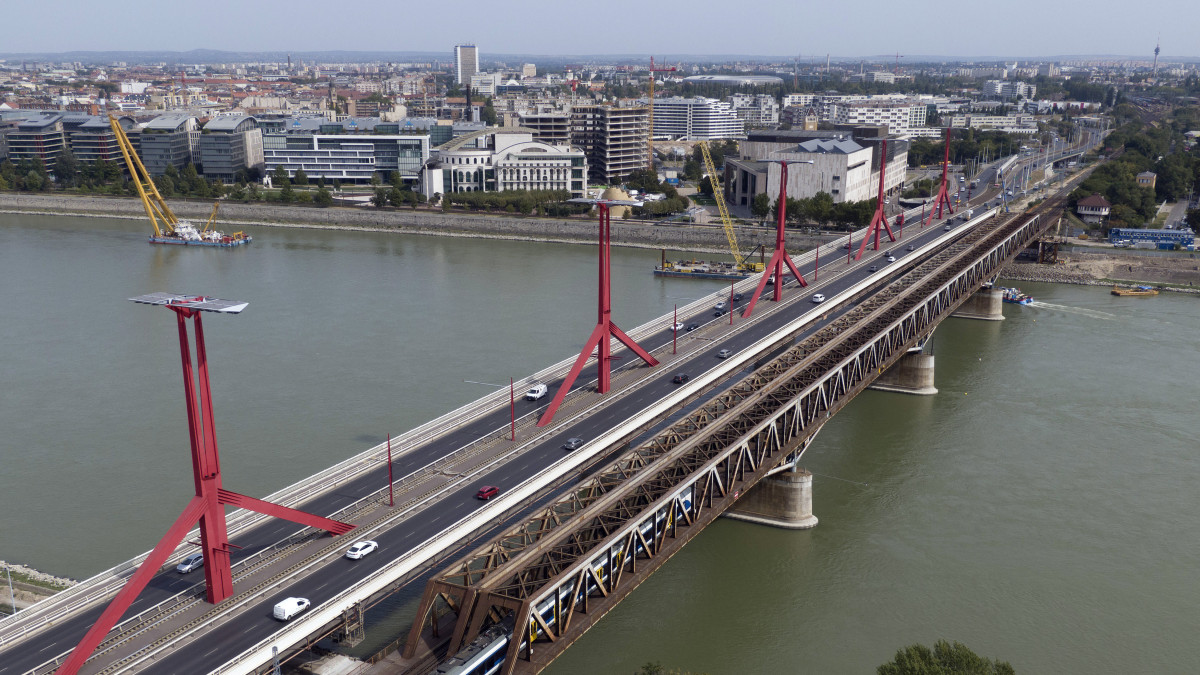
The newest of Budapest’s crossings, Rákóczi Bridge now plays an increasingly important role in the life of the city due to the developments on either bank, the millennial arts centre in Pest and Kopaszi-gát recreational zone in Buda.
In between is the northern tip of Csepel island, facing the new National Athletics Stadium hosting the World Athletics Championships in August 2023.
Opened in 1995, Rákóczi Bridge is named after Ferenc II Rákóczi, a national hero who fought for Hungarian independence in the early 1700s.
Words by Peterjon Cresswell for Xpatloop.com
Peterjon has been researching the byways of Budapest for 30 years, extending his expertise across Europe to produce guidebooks for Time Out and his own website liberoguide.com
MTI Photos






















LATEST NEWS IN getting around